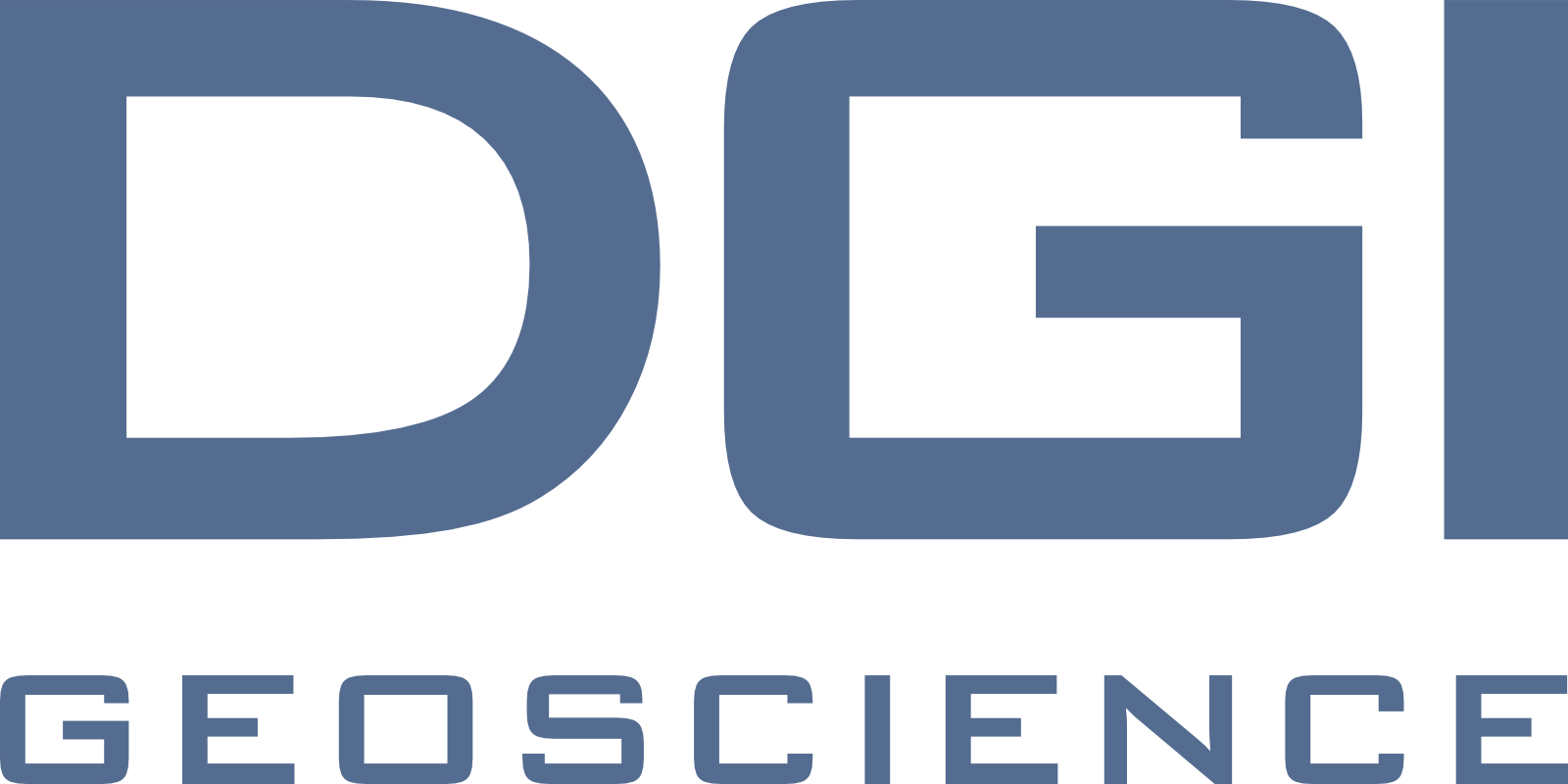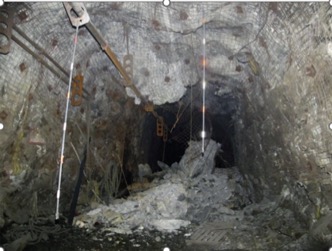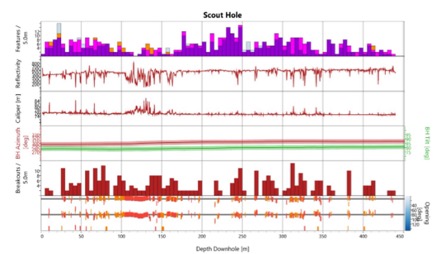The analysis of boreholes breakouts results revealed that the significant breakout anomaly was limited and focused on the small section of the ramp where the rockburst occurred. Rehabilitation efforts in this area included clearing the rock fragments resulting from the rockburst and a part of the expanded roof wedge that remained intact. The section was reinforced, and a decision was taken to redirect the ramp towards the west to distance it from the nearby geological structure.
As anticipated, once the ramp shifted beyond the localized breakout anomaly, ground conditions improved. Horizontal boreholes are a key element for ground control and characterization in any underground mining development. Acoustic televiewer surveys add confidence in core orientation and help with the understanding of the regional stress which can be critical for hazard mitigation.
Rockbursts are serious mine disasters, and predicting risks in advance is crucial to implementing preventive measures.
DGI’s client with an underground project located in Sudbury, needed to ensure the safe advance of the mine after rock bursting occurred in the early stages of development of a ramp. Different factors can cause the bursting and this risk needs to be dealt with. One possible way to do it is with geophysical methods such as televiewer logging and micro seismic monitoring.
In consultation with the client, DGI developed a system to survey horizontal holes with downhole logging instruments. Deploying the acoustic televiewer would best help characterize major structures and zones of interest. The acoustic televiewer image provided with fracture orientation and location as well as breakouts assessment. Breakouts serve as indicator of high-stress areas which measure of how much a borehole has deformed due to external force.


